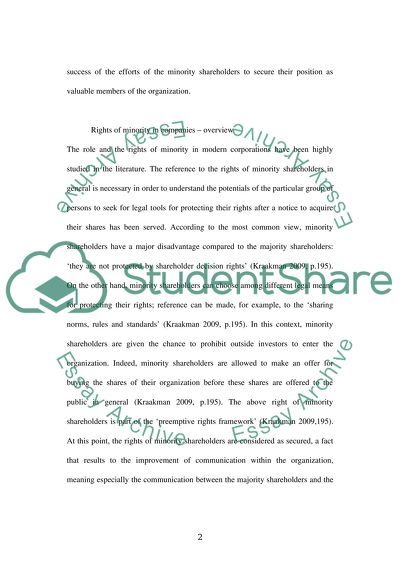Cite this document
(“Examine critically the rights of minority in a company when the notice Essay”, n.d.)
Retrieved from https://studentshare.org/law/1397687-examine-critically-the-rights-of-minority-in-a
Retrieved from https://studentshare.org/law/1397687-examine-critically-the-rights-of-minority-in-a
(Examine Critically the Rights of Minority in a Company When the Notice Essay)
https://studentshare.org/law/1397687-examine-critically-the-rights-of-minority-in-a.
https://studentshare.org/law/1397687-examine-critically-the-rights-of-minority-in-a.
“Examine Critically the Rights of Minority in a Company When the Notice Essay”, n.d. https://studentshare.org/law/1397687-examine-critically-the-rights-of-minority-in-a.


